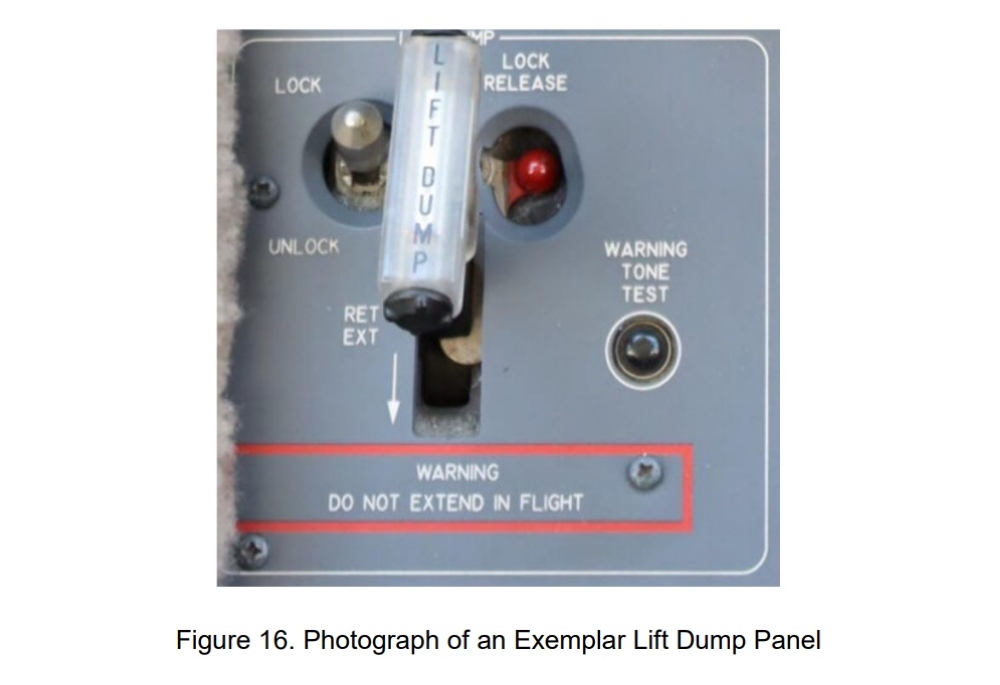KUALA LUMPUR, Aug 16 — The fatal plane crash last year in Bandar Elmina near Shah Alam, Selangor, was caused by the flight crew’s accidental or unintended action before the aircraft could land, and factors such as the two pilots being in the wrong seats, Malaysia’s air accident investigators said today.
In the final report released just a day before the one-year anniversary of the crash which killed all eight people on board, the Air Accident Investigation Bureau (AAIB) concluded that this accident is coded as “Loss of Control – Inflight (LOC-I)”.
The report said the main cause of the August 17, 2023 crash was due to the flight crew’s “inadvertent” extension of the lift dump spoilers, while performing the “Before Landing” checklist. It said this action was most likely by the pilot who was second-in-command.
“This action led to a sudden loss of lift, resulting in catastrophic loss of control and the subsequent crash,” it said.
In other words, this rapid loss of lift caused the aircraft’s severe and uncontrollable descent --- which also matched what witnesses observed and video recordings of the plane just before it crashed.
Under the checklist to prepare for landing, the pilots were required to “unlock” the lift dump (which would unlock the ground spoilers to reduce the plane’s speed after landing).
But the report said the Second in Command (SIC) had likely misunderstood this step in the checklist. Instead of unlocking the ground spoilers, what happened was that the ground spoilers were deployed / the lift dump was extended even before the plane’s landing.
While the lift dump panel has a clear warning stating “WARNING - DO NOT EXTEND INFLIGHT”, the report said the design of this panel could have led to confusion for the SIC who was unfamiliar with the specific risks with this aircraft’s lift dump system.
This is due to the warning of the risk of deploying ground spoilers in flight (or while the plane is still flying) only coming after the instruction to unlock the lift dump system, the report said.

The report also listed four contributing factors, including the two pilots not sitting according to the airplane’s flight manual:
- Not following seating protocols: The Pilot-in-Command (PIC) was supposed to be sitting in the left-hand seat, according to the flight manual. But during this flight, the Pilot-in-Command was sitting in the right-hand seat, and his Second-in-Command was sitting in the left-hand seat. “This deviation likely contributed to ineffective crew resource management and communication,” the report said.
- Inadequate crew training and awareness on lift dump system’s operation: The SIC had not received any formal training to operate this aircraft type and had not operated this aircraft type except for two other flights the day before. The SIC’s unfamiliarity with the specific risks with this plane’s lift dump system led to the inadvertent extension of the ground spoilers in flight, which then caused the accident.
- Regulatory grey areas and oversight gaps: The plane was registered in the US, but the aircraft operator did not apply to the Civil Aviation Authority of Malaysia (CAAM) to register it in Malaysia and also did not get CAAM’s approval for non-scheduled air services including this flight. “The aircraft operator appears to be exploiting regulatory grey areas, thereby avoiding stringent oversight and necessary approvals,” the report said, later adding that this can potentially compromise safety standards and unaddressed safety issues.
- Ineffective communication and decision-making: PIC should have briefed and warned SIC before the checklist item to unlock the ground spoilers. But the period recorded on the cockpit voice recorder did not show the PIC had briefed and warned the SIC about the lift dump system operation. The decision of the pilots to not sit according to the standard seating protocols also showed deficiencies in communication and decision-making.
Findings of what did not cause/contribute to the plane crash include:
- No failures or malfunctions of aircraft flight controls before the crash. Aircraft was airworthy.
- Post-mortem investigations showed both pilots were not under influence of alcohol or illicit drugs, and both did not have incapacitating medical conditions.
- Weather was fine.
The report listed five safety recommendations: review and reinforce crew training; compliance with regulatory requirements; enhance organisational oversight; enhance operational procedures; and review of regulatory framework.
It said the investigation revealed non-compliance and errors but stressed that the findings are not intended to decide on who is to blame or liable for the crash: “Rather, they are solely for the purpose of preventing accidents in the future and improving aviation safety on the whole.”
Recommended reading:
- Elmina crash: Early report finds no evidence of flight crew being incapacitated or affected physiologically
- Elmina crash: What was in the final 15 seconds recorded aboard the plane?



















